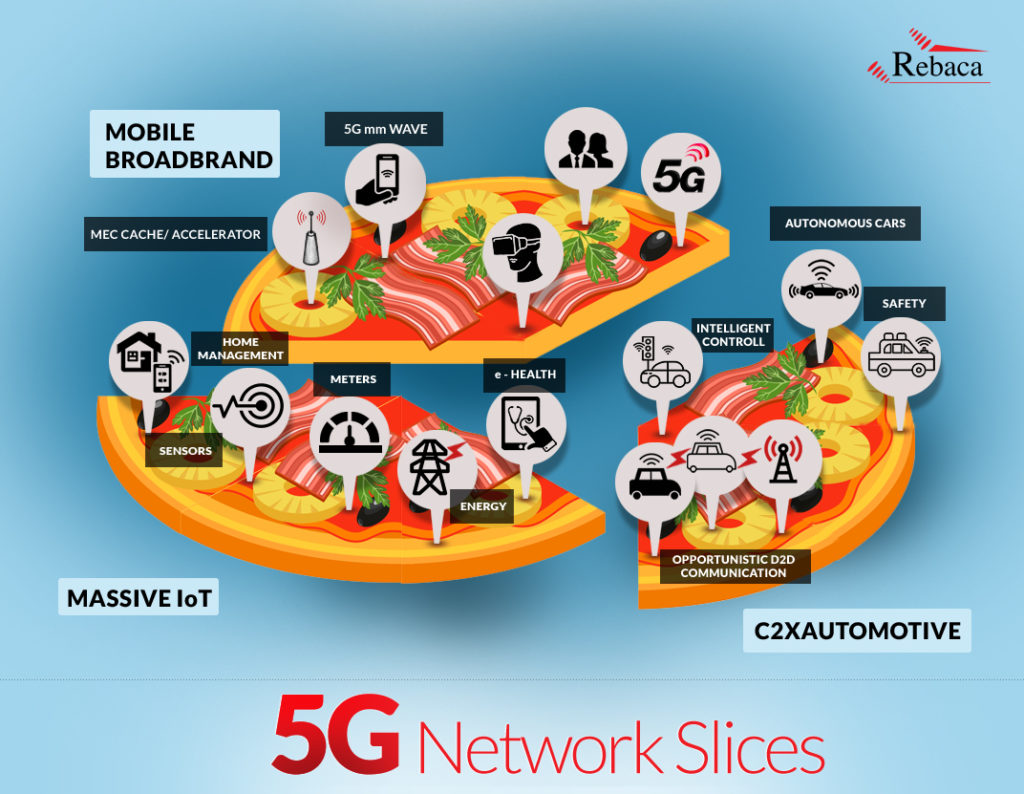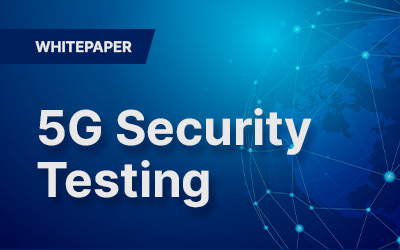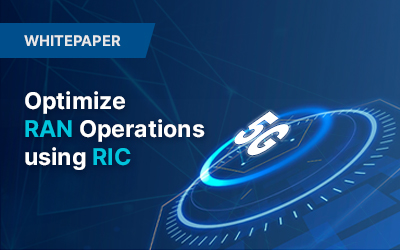The answer is “Yes” and “No” both. Yes because the stage is set, 3GPP has defined and frozen the specs of Release 15 for the infrastructure provider. No, because rounds of testing are required to ensure that the 5G infrastructure can support 5G applications, mentioned above.
As per Ericsson’s report total mobile traffic is expected to increase by a factor of 5 over the next 6 years, reaching 136EB/month by the end of 2024. According to the Cisco Visual Networking Index – 18 billion devices need to be connected by 2022. For a common network, across different verticals being used by different types of devices, the network needs to slice. For running parallel and different applications, a different characteristic of a 5G network is required. Hence Network Slicing becomes essential.

Virtualization that allows multiple logical networks to run on top of shared physical network infrastructure is Network Slicing. For supporting interactive virtual reality, network slice should ensure low latency in speech and video coding and seamless connection for connecting remote participants. Network Slice for V2X communication should be reliable and ensure ultra-low latency for video and data exchanges and should also have V2X application server at the network edge. Thus for ultra-low latency, it becomes mandatory to make decisions close to the edge of the network. The distributed architecture of Mobile Edge Computing makes it ideal for generating high volumes of data interactions. To support the transitioning of 4G to 5G Control and User Plane separation (CUPS) is required because the user plane of the packet core can be placed closer to the end user while the control plane can be placed in a centralized location. The proximity of the control plane reduces latency and ensures high-bandwidth applications like video. Higher efficiency and flexibility is required in the 5G network, hence comes the requirement of auto-provisioning, auto-scaling, auto-resiliency and containerization. All these are possible with the virtualization of the network elements. This will lead to modular network functions and orchestration of network resources for supporting the different levels of services. 5G network would be commissioned with virtualized network functions (VNFs) running on virtual machines or in containers on standard servers. This will also reduce the investment on hardware or servers for each network function.
Get the 5G network functions tested to ensure their readiness in supporting cross vertical use cases.
So a big question mark lies on the readiness of each network element and whether they meet the above guidelines before they are stitched together to go live and provide 5G services. The network deployment will go through a steady transition phase and as per ETSI-3GPP, there are two broader phases – Non-standalone (NSA) and Standalone (SA). NSA requires UE and eNB upgrade and the 4G LTE Packet Core should support dual connectivity. SA requires 3GPP Release 15 5G Core Network and Service-based interfaces to work with 5G Core. Implementation of Network Functions seems impossible before each of them is thoroughly tested with an automated and cloud-native test tool. It is beyond the scope to test each network functions for 3GPP compliance and stress-bearing capacity by running it in a live network. Hence comes the necessity of a test tool which can validate each network function by simulating the peer components and provide comprehensive test analytics. 5G brings with it a set of use cases, the test tool should have use case driven test scenarios. And given the huge scope of testing, the learning curve, for writing and editing new test templates or scenarios, should not be high. So a test tool which uses domain-specific language and syntax will get adopted faster. An added benefit would be if the test tool can integrate seamlessly into the CI/CD pipeline of the infrastructure solution provider. To know more about a 5G Infrastructure Test Tool which meets all the above criteria please follow our subsequent blogs.





